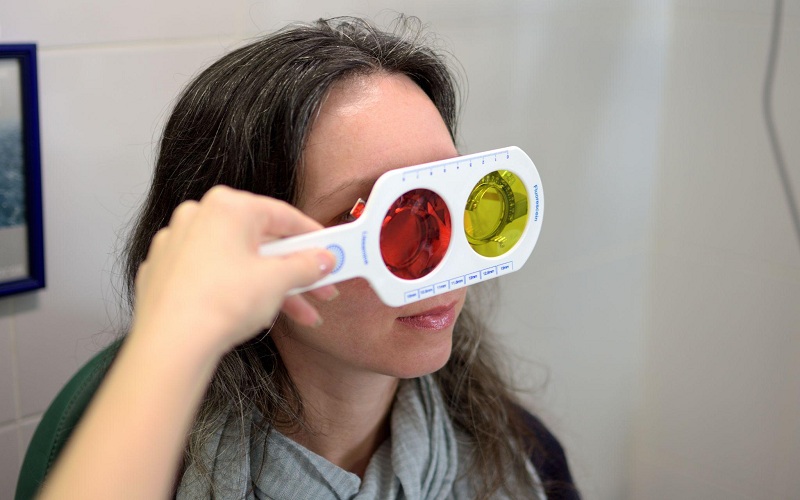Color blindness is a condition, not a rarity. It affects millions across the globe, making even the simplest tasks a challenge. Optometrists, like those at Dry Eye Buffalo Grove, play a pivotal role in diagnosing and managing color blindness. Let’s explore what color blindness is, how optometrists diagnose it, and what living with the condition means. We will also shed light on the latest advancements in managing this challenging condition. Welcome to the journey of understanding color blindness.
What is Color Blindness?
Color blindness, or color vision deficiency, is an inability to see or differentiate between certain colors. This happens when the color cells in your eye – the cones – are missing or not working. It is usually genetic, but certain diseases or injuries can also cause it.
How do Optometrists Diagnose Color Blindness?
Optometrists use several tests to diagnose color blindness. The most common test is the Ishihara test. This test has a series of images of colored dots. A number or shape is hidden in the dots. If you have color blindness, you may not see the number or shape in the image.
Living with Color Blindness
Living with color blindness means learning to adapt. Most color-blind people can live normal lives. They learn to tell the difference between colors based on brightness and position, rather than the color itself.
Advancements in Managing Color Blindness
Several advancements have been made in the management of color blindness. Special glasses and contact lenses can help some people see colors more accurately. There are also apps and tools that can help color-blind people identify colors.
Comparison of Types of Color Blindness
The following table compares the different types of color blindness:
| TYPE OF COLOR BLINDNESS | COLORS AFFECTED |
| Red-Green Color Blindness | Red, Green and Brown |
| Blue-Yellow Color Blindness | Blue and Yellow |
| Total Color Blindness | All Colors |




